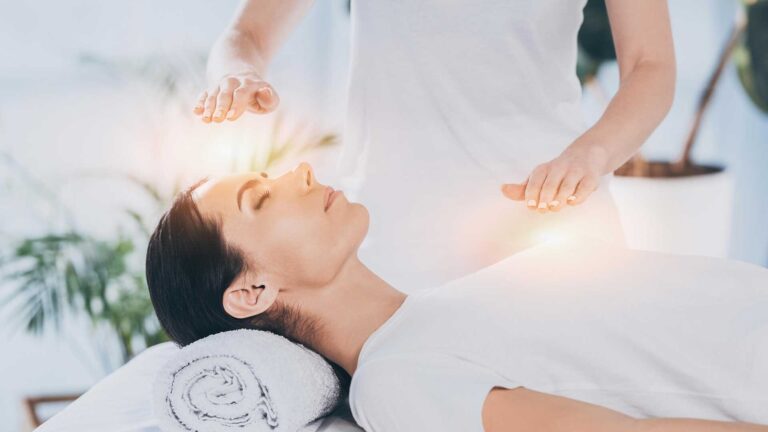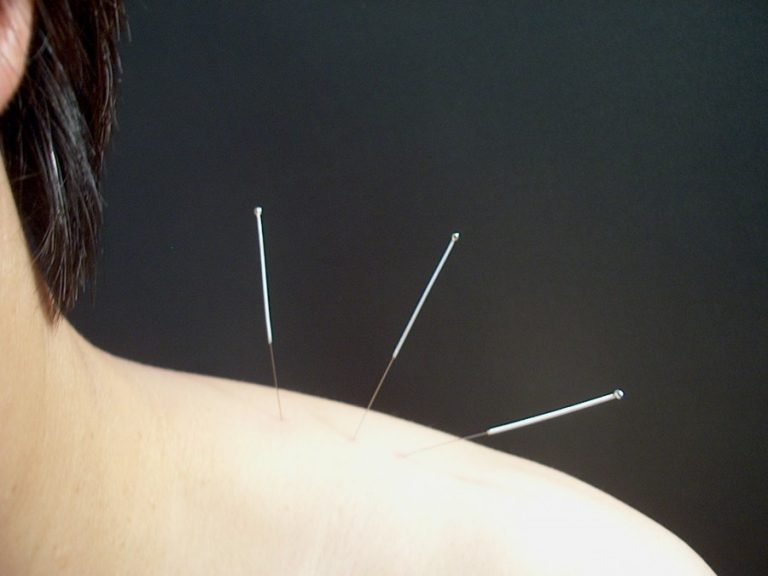Acupuncture – Better Alternative For Lower Back Pain?


Randomized controlled trial and cost effectiveness analysis of a short course of traditional acupuncture compared with usual care for persistent low back pain
Acupuncture has a small but significant benefit for patients with low back pain, and appears to be cost-effective in the longer term, find two studies published on bmj.com today.
In the UK, an estimated 16% of the adult population consult their general practitioner for help with back pain in a 12-month period. The annual cost of lower back pain to the NHS has been estimated at £480 million (€703million; $901million) and the burden of lower back pain is estimated at over £10 billion per year in terms of lost productivity and sickness benefits.
Acupuncture is used by an estimated 2% of adults each year for a range of conditions, including back pain. But the evidence is largely inconclusive and the best way to manage low back pain remains unclear.
So, researchers identified 241 adults aged 18 to 65 with persistent non-specific low back pain. The people were provided by members of the British Acupuncture Council. Patients were randomly assigned to either usual NHS care or up to 10 acupuncture treatment sessions. All patients remained under GP care.
Pain levels were measured at intervals during the two-year study period. Satisfaction with treatment and use of pain medication were also recorded.
At 12 months, patients in the acupuncture group showed a small benefit in pain scores compared to patients receiving usual care. Stronger evidence was observed for an increased benefit at 24 months.
At three months, patients in the acupuncture group were significantly more likely to be ‘very satisfied’ with their treatment compared with usual care, and with their overall care, but showed no such difference in satisfaction with information received.
At 24 months, the acupuncture group were more likely to report reduced worry about their back pain, less likely to report current use of pain medication for their back, and more likely to report no pain for the past 12 months.
Although the differences in pain scores between groups were small, they represent a clinically worthwhile benefit and can be viewed as a ‘moderate’ effect, say the authors.
Further research is needed to investigate the optimum timing for such an acupuncture treatment package, and to assess the value of repeated courses of acupuncture for patients experiencing recurrent episodes of low back pain, they conclude.
In a separate paper, the same researchers looked at the cost effectiveness of acupuncture for lower back pain. Costs were measured from both an NHS and a societal perspective, and effectiveness was measured in terms of quality adjusted life years (QALYs) gained.
They found that total NHS costs during the two-year study period were higher on average for the acupuncture group (£460; €673; $859) than for the usual care group (£345; €506; $644).
However, the cost per QALY gained was £4,241 (€6,223; $7,921). This is well below the lower threshold of £20,000 used by the National Institute for Health and Clinical Excellence (NICE) to decide whether the NHS can afford to pay for a health technology.
A short course of traditional acupuncture for the treatment of lower back pain in primary care confers a modest health benefit measured in QALYs for a relatively minor extra NHS cost relative to usual care, say the authors. The use of acupuncture for the treatment of lower back pain therefore appears to be cost-effective in the longer term.
Source: Eureka Alert


